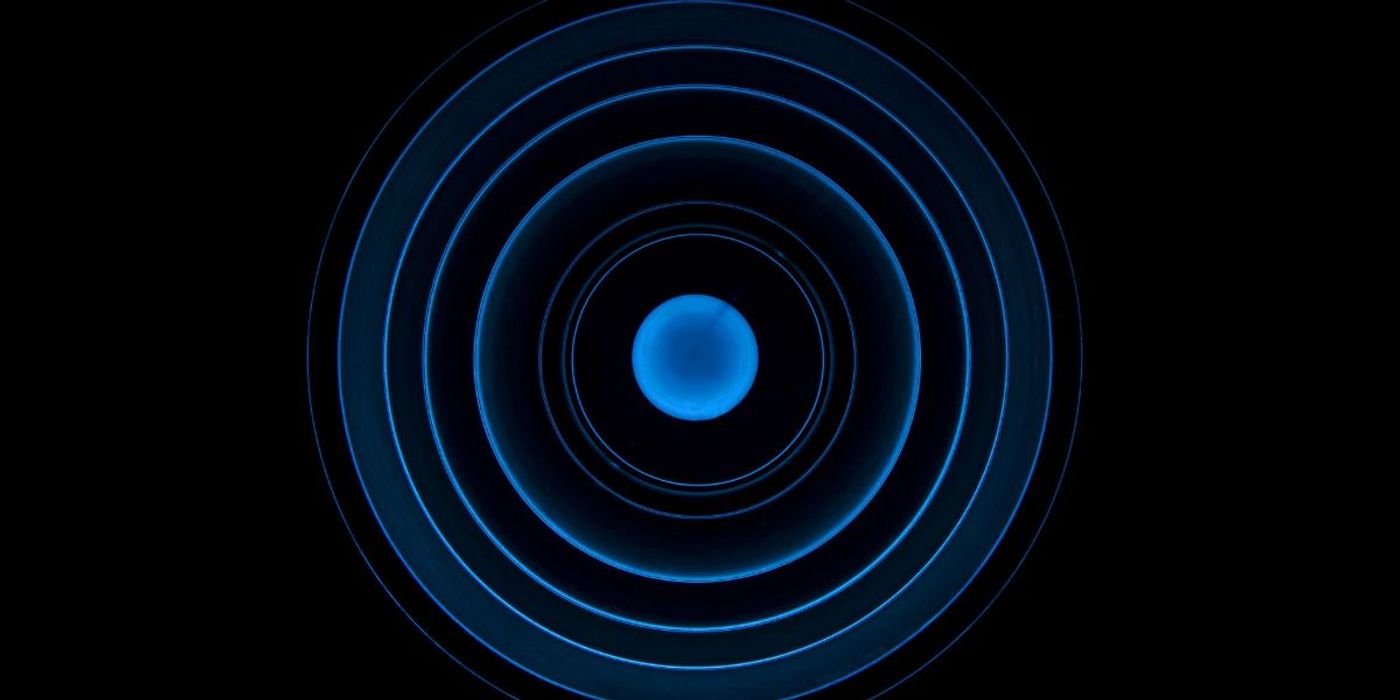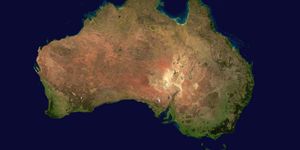Moon's Magnetism Comes from Impacting Comets, not Magnetic Shield
Magnetization on the moon may come from impact events from objects like meteors instead of the presence of a magnetic shield, as previously suspected by some researchers. The corresponding study was published in Science Advances by an international collaboration of scientists.
The Earth's magnetic field is generated by its liquid iron core as it swirls and produces electric currents. Although invisible, it protects the Earth from harsh solar winds, or intense radiation fo the Sun.
While researchers know that the moon does not currently have a magnetic shield, researchers have been uncertain as to whether it had one as strong or even stronger than that on Earth around 3.7 billion years ago.
These ideas originated from data collected in the 1970s, including analyses of samples collected during Apollo missions. Experiments showed that the samples were somewhat magnetized, leading researchers to believe that, like Earth, the moon may have its own magnetic shield.
Controversy arose, however, as the moon's core is very small and thus would be unlikely to produce the kind of magnetic field that some theorized. Furthermore, speculations of the moon having its own magnetic relied on techniques other than heating experiments that may not give accurate results.
Attempting to solve this controversy, the researchers of the present study tested glass samples collected during previous Apolo missions and used CO2 lasers to heat them up. They then used highly sensitive superconducting magnetometers to measure their magnetic signals.
In the end, they found that only some of the samples were magnetized. Others were not, indicating that any magnetization on the planet likely originates from meteorites or comets instead of a lunar magnetic shield.
These findings have implications for understanding what resources can be found in the moon's soil and how they may be used to sustain life. The researchers say that they may be able to find isotopes of helium 3, which is present in small quantities on Earth, and is now used in medical imaging and cyrogenics, and shows promise as a fuel source.
"With the background provided by our research, scientists can more properly think about the next set of lunar experiments to perform," said John Tarduno, first author of the study. "These experiments may focus on current lunar resources and how we could use them and also on the historical record of what is trapped in the lunar soil."
Sources: Science Advances, Science Daily









